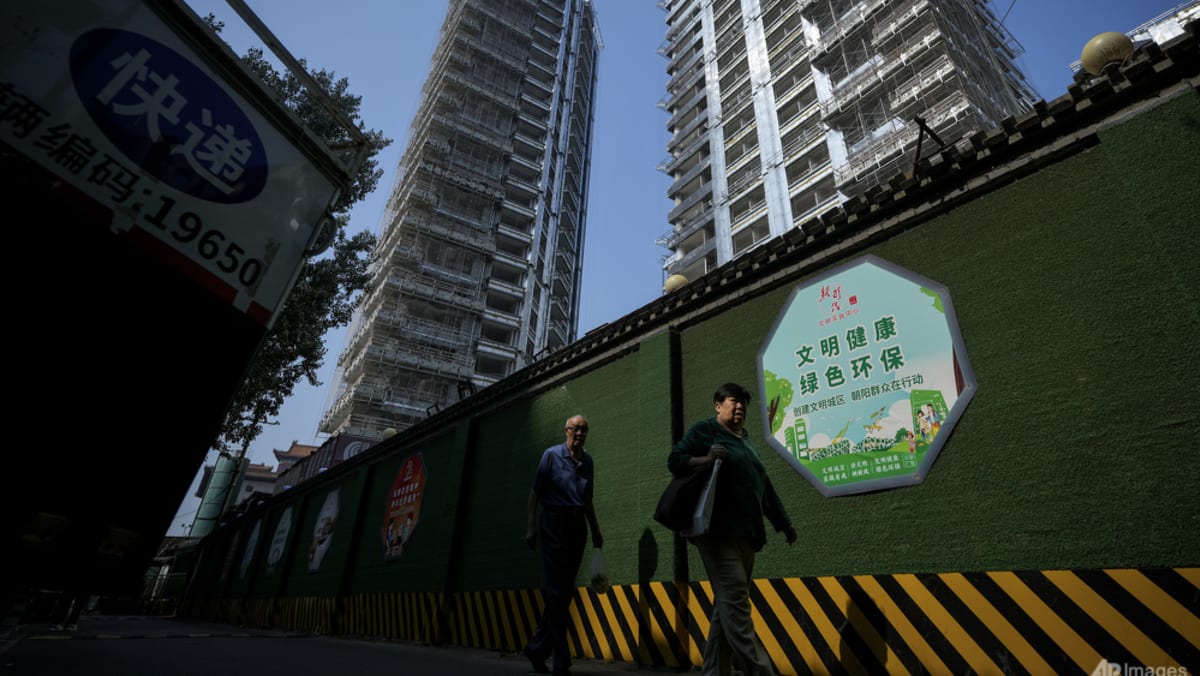GOOD NEWS BOOSTS INVESTMENT SENTIMENT
Credit expansion, at least in the short term, should have a positive effect on financial markets and the price of commodities as investors expect a boost in demand for goods and services. And, following the slew of new measures, this is exactly what we have seen.
China’s main stock index surged by more than 4 per cent within hours of the central bank’s announcement, enjoying its best single-day rally in 16 years. And this was followed by a more than 1 per cent increase in the benchmark price of oil. Sentiment has remained positive since then, with Chinese shares rising by approximately 20 per cent over the five days following the announcement.
Expansionary policies do, however, also come with risks. China’s property market has been in crisis since 2021 when the government introduced restrictions on the amount developers could borrow, leading many to default on their debts. Making large cuts to borrowing costs could reignite a boom in sales and values, creating a new property bubble.
But it could be a while before China’s property market starts to overheat. House prices in China are falling fast and there’s lots of spare inventory. Goldman Sachs estimated in April that the government may need to spend more than 15 trillion yuan to fix the problems plaguing the sector – far more than the recent stimulus blitz can provide on its own.
Predicting the outcome of the central bank’s new economic package in the long-term is challenging. It will probably be a year or two before we start noticing any real effects. But, at least in theory, the expansion of domestic credit that will be triggered by the central bank’s lending rate cut, as well as the associated banking stimulus, should spread to the wider economy.
This should reactivate building and construction activities, improve consumer spending, and raise demand for capital goods. This could eventually help China move towards growth that is driven more by domestic demand than a reliance on exports.
China’s economic miracle has traditionally relied on the expansion of exports, which reached their peak at 36 per cent of gross domestic product in 2006. This ratio has come down considerably since then, falling to 19.7 per cent in 2023, but it still remains high relative to comparable economies. In 2022, the export-to-GDP ratio in the United States, for example, was 11.6 per cent.
This has made China particularly exposed to volatility in demand in overseas markets and geopolitical shocks, such as the decision of the US in May to introduce new tariffs on imports of Chinese electric vehicles, solar equipment and batteries.
The tariffs have dented demand for Chinese exports in the US market, but they have not altered China’s dominance in global supply chains. The demand particularly for Chinese electric vehicles in the US was, admittedly, already fairly low.
